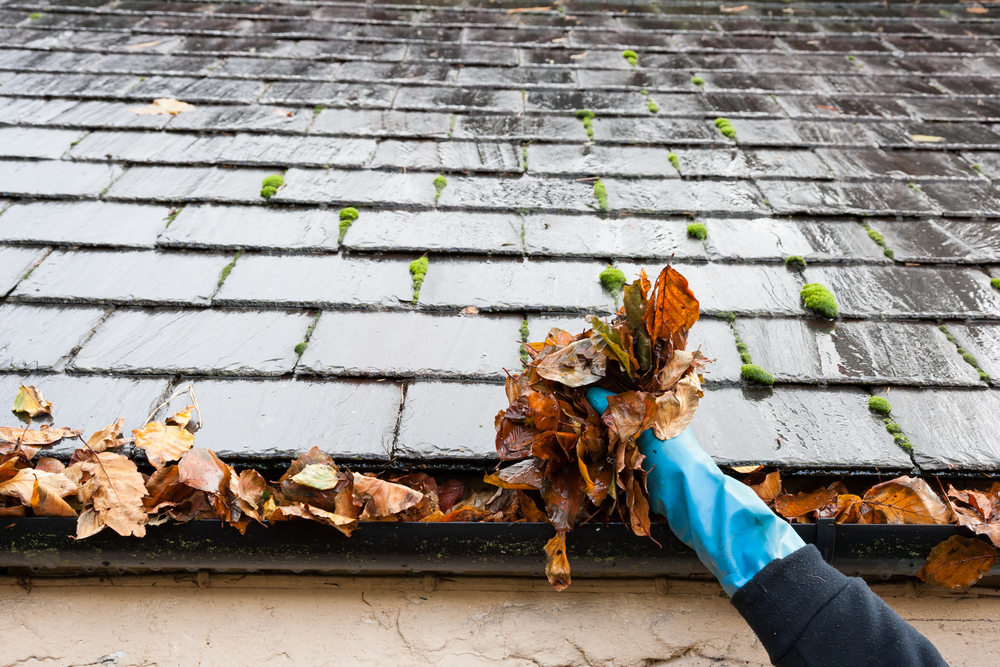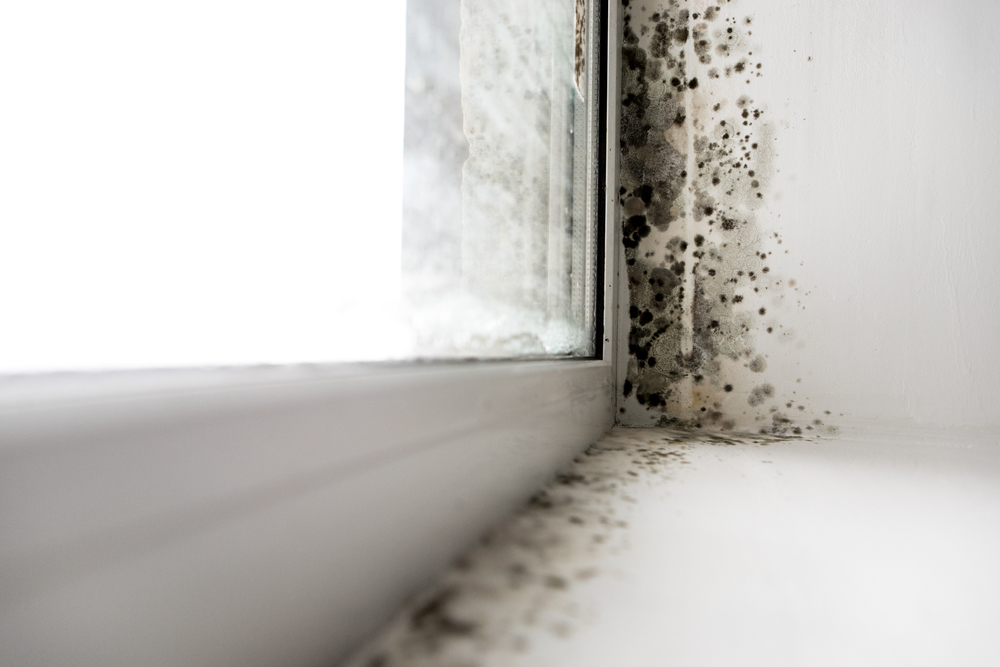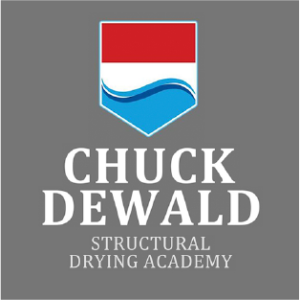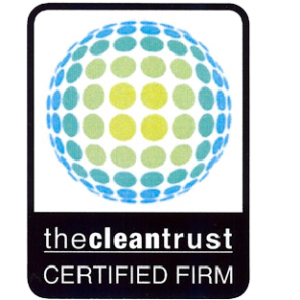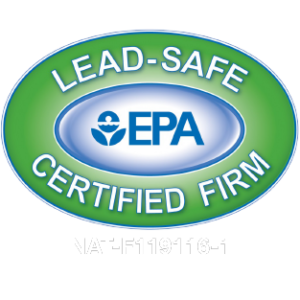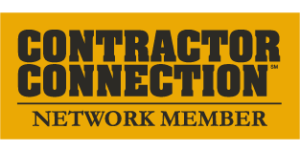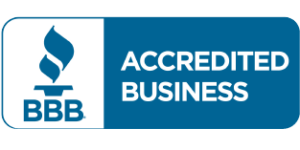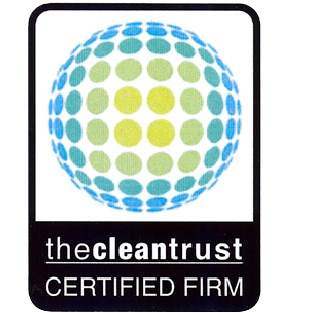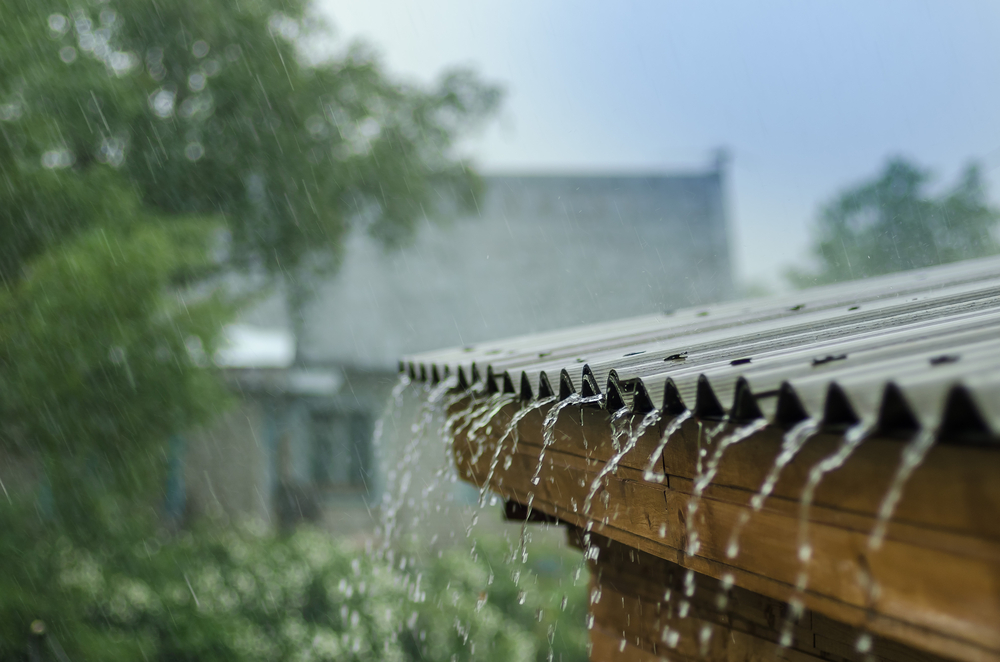
What are the Biggest Home Damage Risks We Face in the Midwest?
The Midwest is, in a lot of ways, a pretty safe place to live. We don’t need to worry about hurricanes, the great lakes have never produced a tidal wave, and earthquakes aren’t a concern with no major fault lines nearby. We’re pretty lucky!
But just because massive natural disasters aren’t a common occurrence, we aren’t completely off the hook from environmental home damage risks.
Here are the biggest problems that affect houses in the Midwest.
Weather-Related Flooding
Midwest springs are beautiful — but they can be dangerous, too. Every year, rapid snowmelt and heavy rains put homes at a high risk of flood damage that lasts from early March all the way into the summer months.
The buildings most at risk are those in low geographical areas. Even just a few inches of water can cause thousands of dollars in damage. The average flood insurance claim is nearly $40,000!
Flash floods are nearly impossible to prevent, but planning ahead and developing an emergency damage plan can make a big difference if disaster does strike. Perhaps most important: make sure your sump pump is functioning in top condition to prevent water from accumulating in your basement.
Frozen and Burst Pipes
We spend a lot of time dealing with frozen pipes and the havoc they wreak when they burst. Pipes often freeze during Midwest winters when attics, basements, and infrequently used cabinets don’t retain enough heat. Once the water running through them expands and hardens into ice, the pipes can crack or burst completely open.
This doesn’t seem like a problem at first when everything is still frozen — but as soon as the ice starts to thaw, homeowners can find themselves with a big water damage problem.
Thankfully, preventing frozen pipes is pretty simple if you know what to do. You can read some tips here.
Roof Ice Dams
Right up there with frozen pipes, ice dams are one of the most common problems we see during the winter. They form when snow melts on your roof but is unable to completely drain off through your gutters, creating a ridge of ice on the edge.
Ice dams increase your chance of leaks by further preventing water from draining off of your roof — and their heavy weight can even cause structural problems over time.
Ice dams are pretty easy to prevent, though, even if they can be difficult to remove once they’ve accumulated. We’ve put together a guide to keep your home safe.
Mold
Mold growth goes hand-in-hand with humidity and water damage.
During the winter, indoor humidity levels skyrocket in much of the Midwest, putting homes at an increased risk of moisture problems. And in the summer months, frequent rains and poor ventilation create the perfect environment to harbor the harmful spores.
Add water damage from burst pipes or roof leaks into the mix, and there’s no denying it: The Midwest is a breeding ground for mold.
Your best defense is to:
- Keep a humidity gauge on hand and check that your home’s humidity level doesn’t exceed 60 percent for an extended period of time
- Always address water damage right away and keep a close eye on previously affected walls or ceilings
What should you do if your home gets damaged?
Contact a professional right away if your home suffers any sort of damage. The earlier you catch a problem, the easier — and cheaper — it will be to take care of it!
At Revive Restoration, we’re certified and experienced to take care of any curveballs the Midwest can throw. From severe water damage to minor structural problems and everything in between, we’ve got you covered — 24 hours a day, 7 days a week.

Newsletter Coming Soon!
Receive regular updates on tips and tricks to keep your house or office building in tip-top shape.




